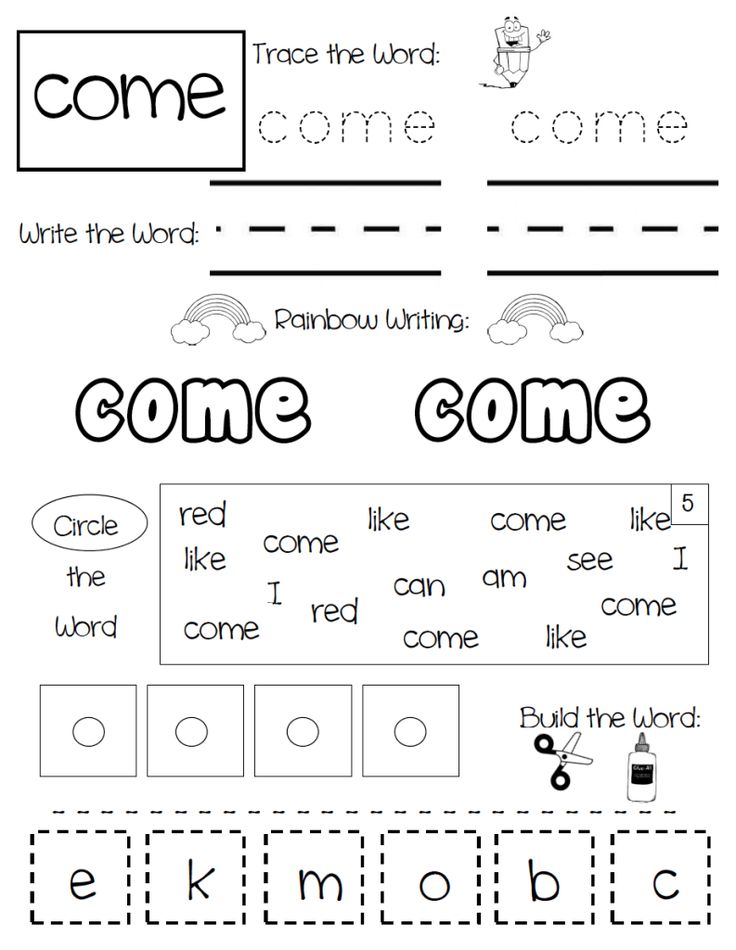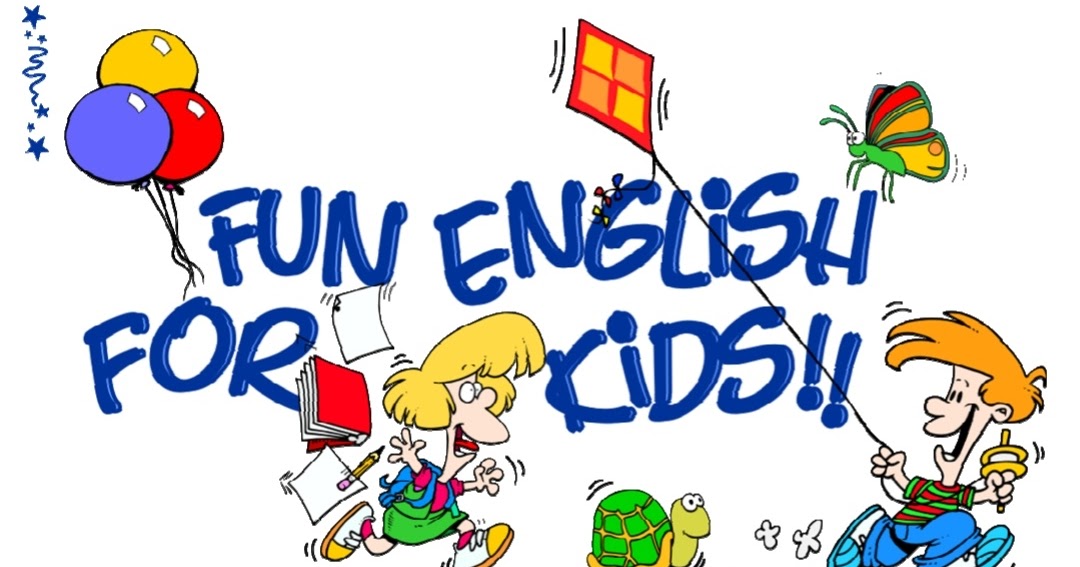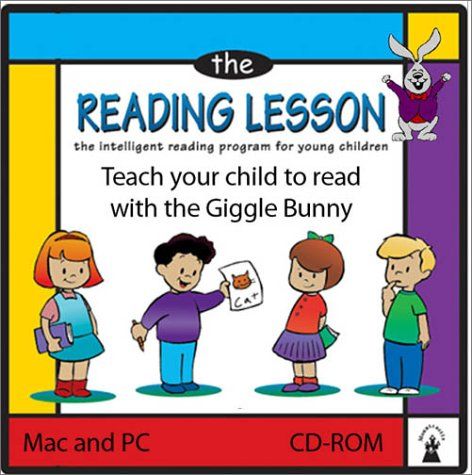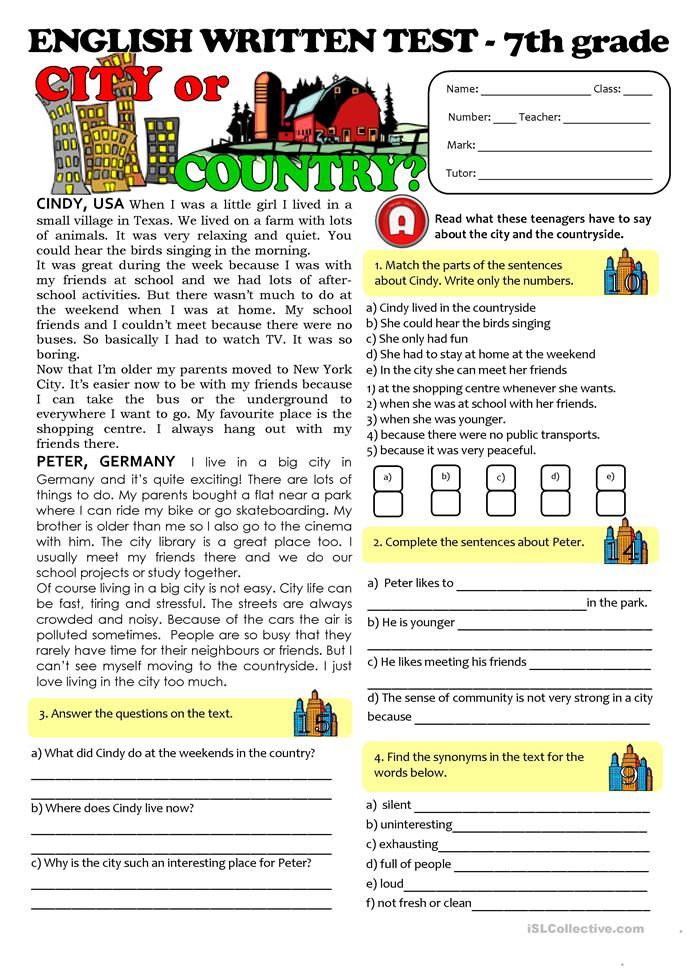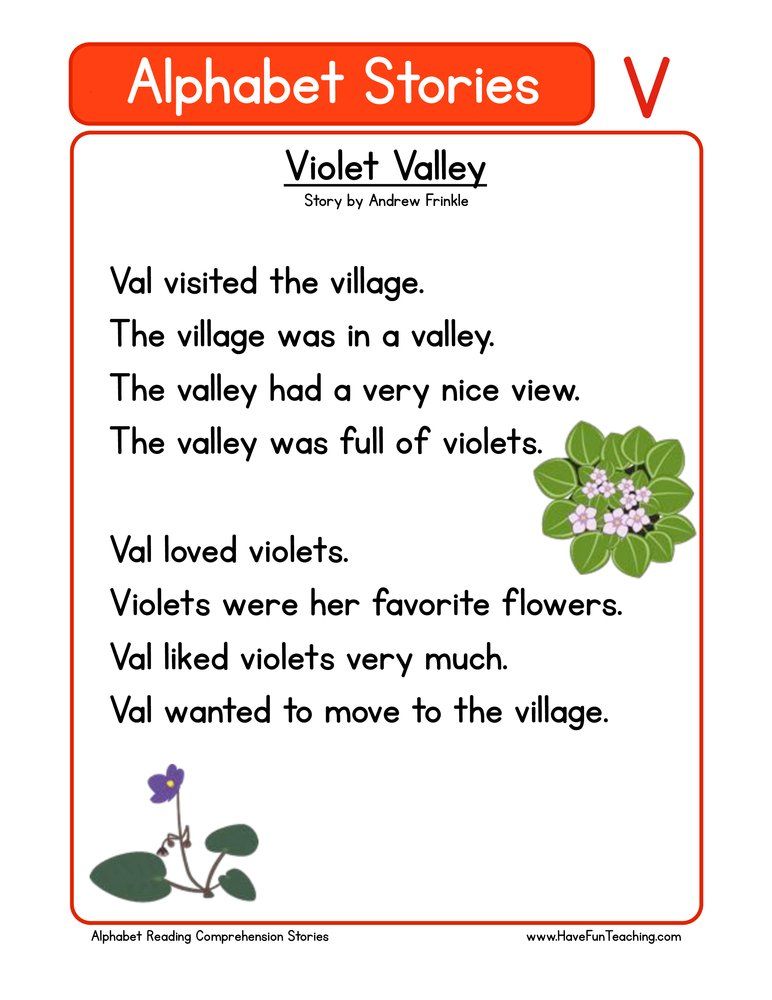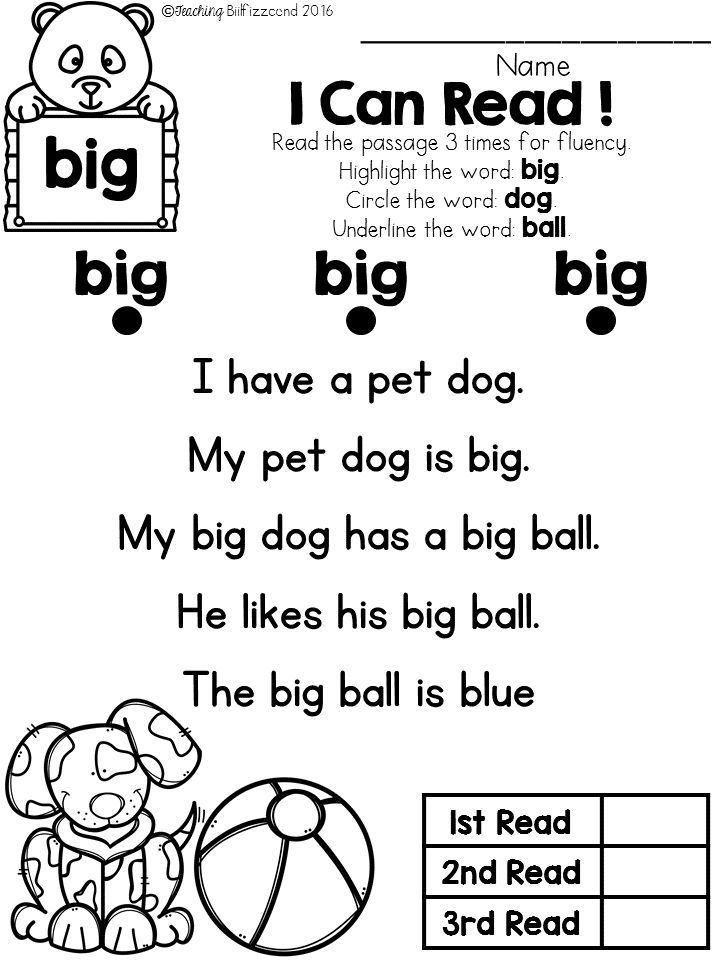Sight words how to teach
Best Sight Word Books and Activities
You probably don’t remember learning how to read words like the, is, and am. But these so-called “sight words” that you now read every day (without even noticing!) can actually be quite challenging for children to learn. However, they're crucial to reading success.
In simple terms, sight words are commonly-used words that children are encouraged to memorize by sight, so they instantly recognize them in a text without having to take the time to sound them out. That’s especially helpful for the many sight words that don’t follow normal phonetic rules, and can’t be sounded out.
“When children can read sight words quickly, they are more fluent readers and can better comprehend a text,” says Laura Mossa, an elementary school reading specialist at Baltimore County Public Schools. She adds that one classic study found that up to 75 percent of the words used in text geared toward young readers are sight words.
Here are five ways to make learning sight words easier for your child, and tools that will help you along the way.
Tip 1: Expose your child to sight words early on.
It's never too early to start reading regularly with your child (it will boost their language development and reading skills, and doing so multiple times per day can expose them to 1 million words by kindergarten!). This is the most natural way to familiarize them with a wide range of sight words.
Also point out sight words in your environment — say, by reading signs on the road or at the grocery store out loud. This will help provide a solid foundation for when your child takes on more formal sight word learning in preschool and kindergarten.
What Will Help: For young children, simply focus on joyful read-alouds that are packed with sight words, like Oh, The Places You'll Go!
As your child enters preschool and kindergarten, this Sight Word Readers Parent Pack is a great way to supplement what they're learning in class.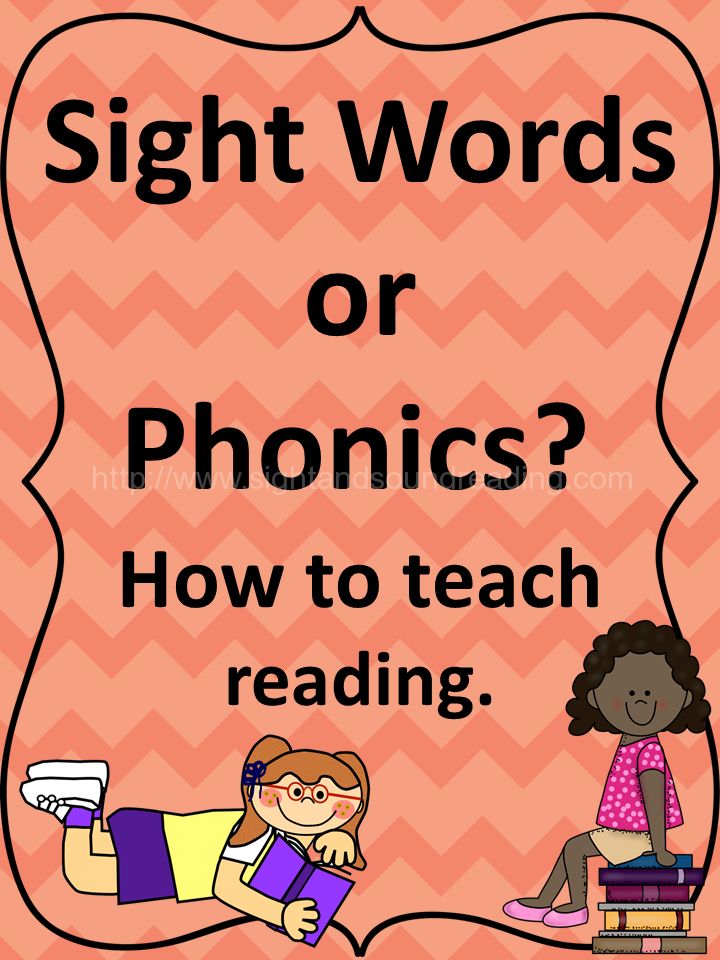 It features a mini activity book and write-and-learn pages to help your kids learn 50 high-frequency sight words!
It features a mini activity book and write-and-learn pages to help your kids learn 50 high-frequency sight words!
Tip 2: Make read-alouds more interactive.
When you read with your child, you’ll notice that many repetitive phrases contain sight words like I, a, at, am, and, it, in, is, and the. Have fun emphasizing this repetition, and encourage your child to chime in on the refrains as you point to the words along the way.
“Since sight words make up a large percentage of all text, engaging in interactive read-alouds with your child is a great way to practice them,” says Mossa. Books that show text in speech bubbles are particularly useful for this, because the text is concise and large, making it easy to point out sight words in each bubble as you read.
What Will Help: For general sight word practice, you can use this Little Skill Seekers: Sight Words workbook with your child — it includes playful illustrations and practice problems that will help your child recognize sight words to strengthen reading fluency!
Tip 3: Engage all of their senses.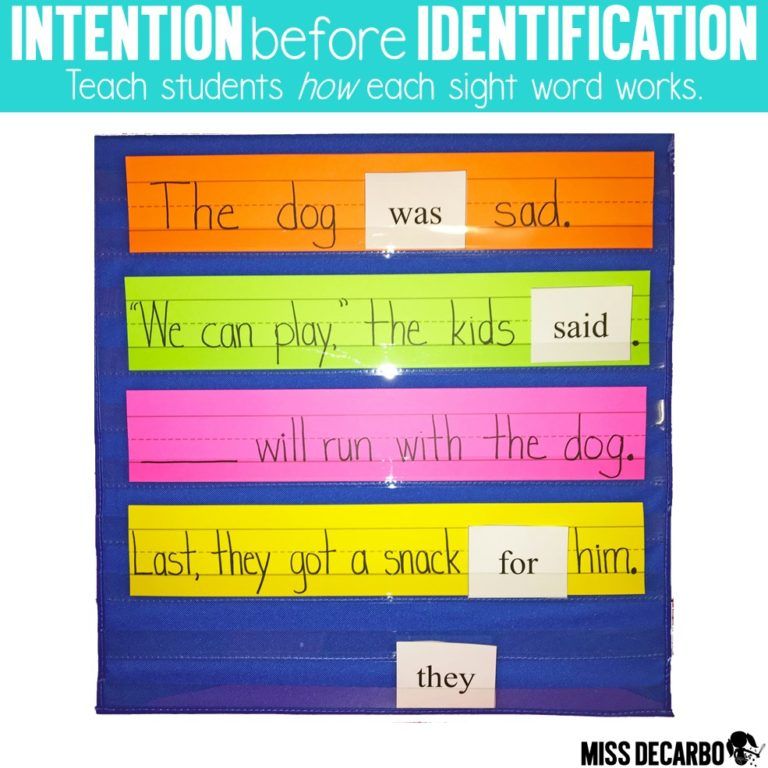
Mossa says she also uses multi-sensory activities with children, in which they fill in missing letters or rearrange letters to correctly spell a sight word, or "write" a word using their finger in the air or on a table.
“Children are more likely to retain a sight word in their long-term memory when practice includes these multi-sensory strategies,” says Mossa. She also suggests giving kids pipe cleaners or magnetic letters to build sight words.
For more practice with spelling sight words — especially those that aren’t phonetically regular — Mossa says she turns to literacy expert Jan Richardson’s sight word technique. “I introduce the sight word by writing it on a dry erase board or making it with magnetic letters,” she says. “Then I ask children to look at each letter as I slide an index card left to right across the word.”
Tip 4: Sort sight words into categories.
It can be helpful to show kids how to sort sight words into categories, such as “rule followers” and “rule breakers,” says Mossa.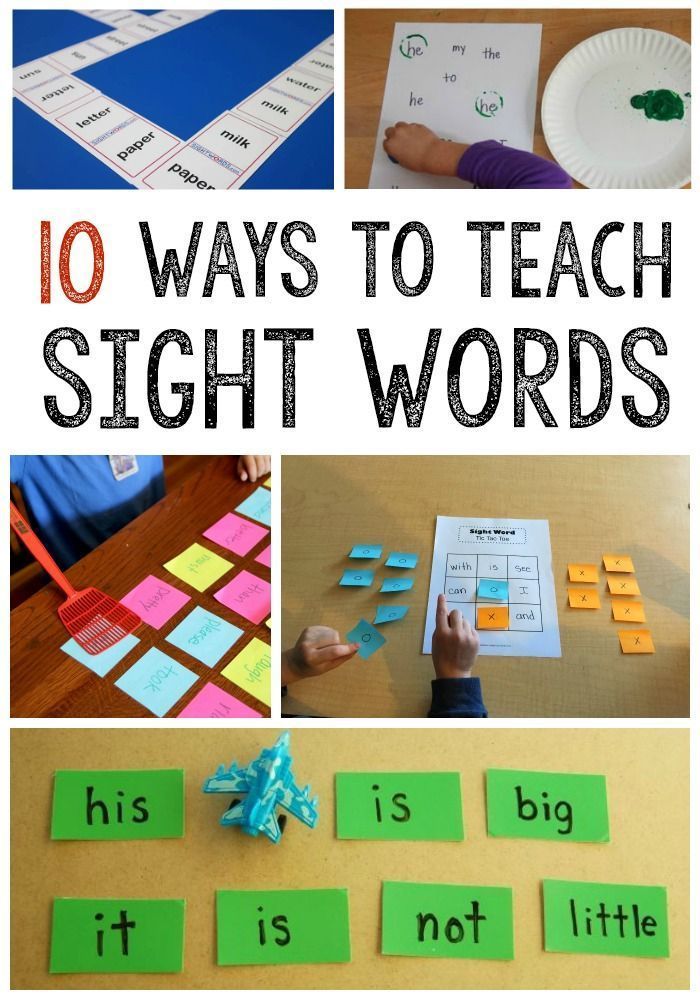 However, this should be used with more fluent readers who have already built early decoding skills and can sound out words.
However, this should be used with more fluent readers who have already built early decoding skills and can sound out words.
“For example, the sight word ‘can’ follows regular phonics patterns,” Mossa says. “In contrast, ‘said’ is not decodable. Therefore, children must learn this word as a whole unit. When I introduce a sight word, I discuss whether it can be sounded out or if it is a word that is a rule breaker.” Play a sorting game at home in which your child guesses which sight words can or cannot be sounded out.
What Will Help: Discuss the various types of sight words in this Nonfiction Sight Word Readers Parent Pack Level A and the Scholastic Success With Grades K-2: Sight Words with your child. Both of these tools will help your young reader become more familiar with key sight words and strengthen their reading skills.
Tip 5: Read and play with sight words daily.
“Children will become better at reading sight words automatically when they have daily opportunities to interact with text at home,” says Mossa. Reading daily will naturally reinforce the learning of sight words, and you can also get creative with games, art projects, and other interactive activities.
Reading daily will naturally reinforce the learning of sight words, and you can also get creative with games, art projects, and other interactive activities.
Sight Words Teaching Strategy | Sight Words: Teach Your Child to Read
A child sees the word on the flash card and says the word while underlining it with her finger.
The child says the word and spells out the letters, then reads the word again.
The child says the word and then spells out the letters while tapping them on her arm.
A child says the word, then writes the letters in the air in front of the flash card.
A child writes the letters on a table, first looking at and then not looking at the flash card.
Correct a child’s mistake by clearly stating and reinforcing the right word several times.
- Overview
- Plan a Lesson
- Teaching Techniques
- Correcting Mistakes
- Frequently Asked Questions
- Questions and Answers
Sight words instruction is an excellent supplement to phonics instruction. Phonics is a method for learning to read in general, while sight words instruction increases a child’s familiarity with the high frequency words he will encounter most often.
Phonics is a method for learning to read in general, while sight words instruction increases a child’s familiarity with the high frequency words he will encounter most often.
Use lesson time to introduce up to three new words, and use game time to practice the new words.
A sight words instruction session should be about 30 minutes long, divided into two components:
- Sight Words Lesson — Use our Teaching Techniques to introduce new words and to review words from previous lessons — 10 minutes
- Sight Words Games — Use our games to provide reinforcement of the lesson and some review of already mastered sight words to help your child develop speed and fluency — 20 minutes
Video: Introduction to Teaching Sight Words
↑ Top
2.
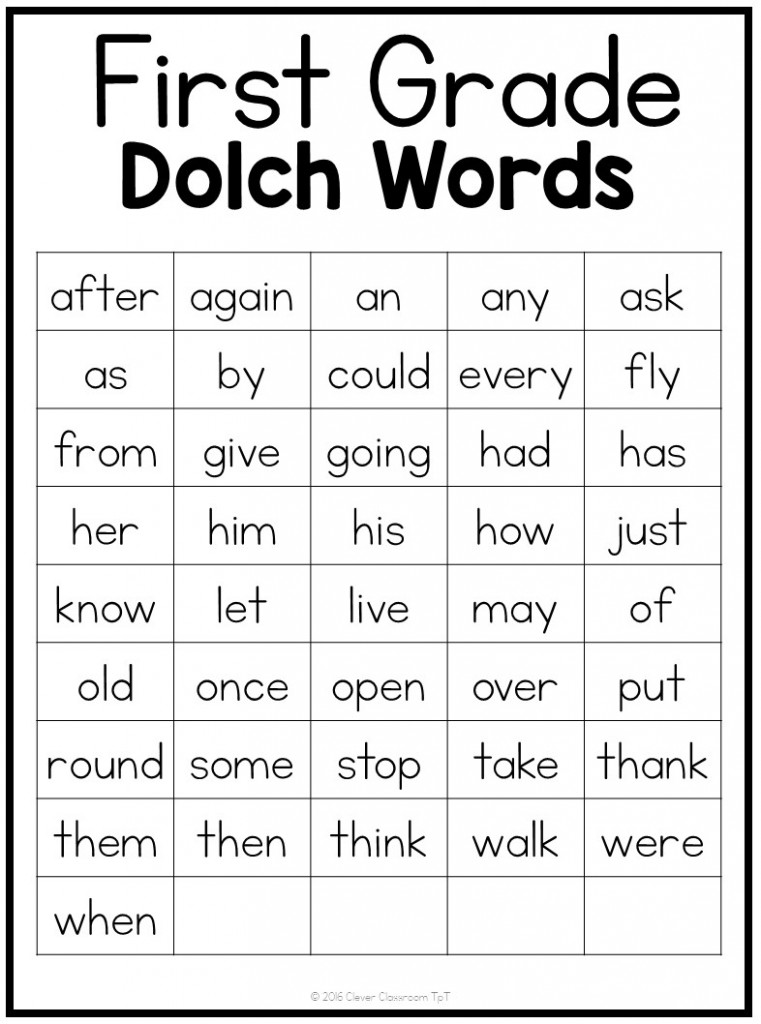 1 Introduce New Words
1 Introduce New Words
When first beginning sight words, work on no more than three unfamiliar words at a time to make it manageable for your child. Introduce one word at a time, using the five teaching techniques. Hold up the flash card for the first word, and go through all five techniques, in order. Then introduce the second word, and go through all five teaching techniques, and so on.
This lesson should establish basic familiarity with the new words. This part of a sight words session should be brisk and last no more than ten minutes. As your child gets more advanced, you might increase the number of words you work on in each lesson.
2.2 Review Old Words
Begin each subsequent lesson by reviewing words from the previous lesson. Words often need to be covered a few times for the child to fully internalize them. Remember: solid knowledge of a few words is better than weak knowledge of a lot of words!
Go through the See & Say exercise for each of the review words. If your child struggles to recognize a word, cover that word again in the main lesson, going through all five teaching techniques. If he has trouble with more than two of the review words, then set aside the new words you were planning to introduce and devote that day’s lesson to review.
If your child struggles to recognize a word, cover that word again in the main lesson, going through all five teaching techniques. If he has trouble with more than two of the review words, then set aside the new words you were planning to introduce and devote that day’s lesson to review.
Note: The child should have a good grasp of — but does not need to have completely mastered — a word before it gets replaced in your lesson plan. Use your game time to provide lots of repetition for these words until the child has thoroughly mastered them.
2.3 Reinforce with Games
Learning sight words takes lots of repetition. We have numerous sight words games that will make that repetition fun and entertaining for you and your child.
The games are of course the most entertaining part of the sight words program, but they need to wait until after the first part of the sight words lesson.
Games reinforce what the lesson teaches.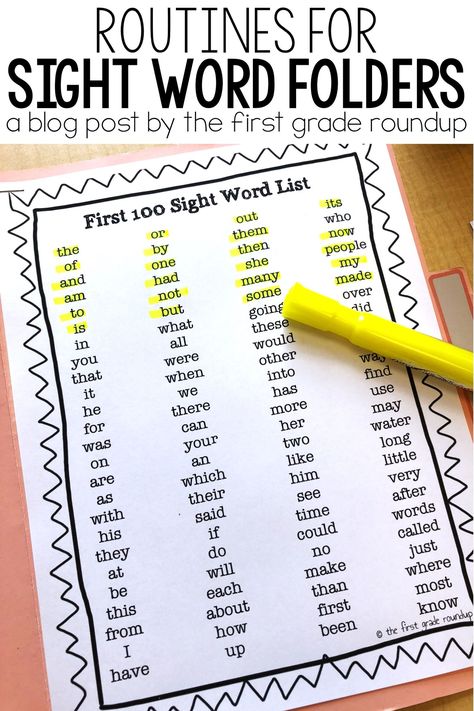
Do not use games to introduce new words.
NOTE: Be sure the child has a pretty good grasp of a sight word before using it in a game, especially if you are working with a group of children. You do not want one child to be regularly embarrassed in front of his classmates when he struggles with words the others have already mastered!
↑ Top
Introduce new sight words using this sequence of five teaching techniques:
- See & Say — A child sees the word on the flash card and says the word while underlining it with her finger.
- Spell Reading — The child says the word and spells out the letters, then reads the word again.
- Arm Tapping — The child says the word and then spells out the letters while tapping them on his arm, then reads the word again.
- Air Writing — A child says the word, then writes the letters in the air in front of the flash card.
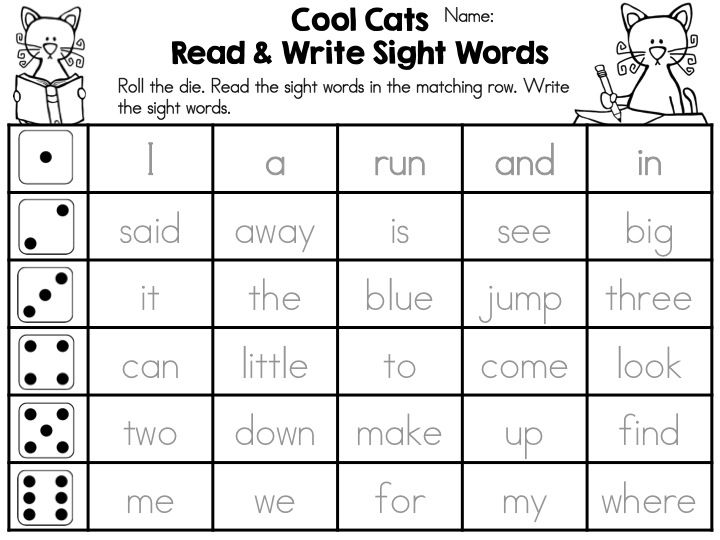
- Table Writing — A child writes the letters on a table, first looking at and then not looking at the flash card.
These techniques work together to activate different parts of the brain. The exercises combine many repetitions of the word (seeing, hearing, speaking, spelling, and writing) with physical movements that focus the child’s attention and cement each word into the child’s long-term memory.
The lessons get the child up to a baseline level of competence that is then reinforced by the games, which take them up to the level of mastery. All you need is a flash card for each of the sight words you are covering in the lesson.
↑ Top
Of course, every child will make mistakes in the process of learning sight words. They might get confused between similar-looking words or struggle to remember phonetically irregular words.
Use our Corrections Procedure every time your child makes a mistake in a sight words lesson or game. Simple and straightforward, it focuses on reinforcing the correct identification and pronunciation of the word. It can be done quickly without disrupting the flow of the activity.
Simple and straightforward, it focuses on reinforcing the correct identification and pronunciation of the word. It can be done quickly without disrupting the flow of the activity.
Do not scold the child for making a mistake or even repeat the incorrect word. Just reinforce the correct word using our script, and then move on.
↑ Top
Q: Progress is slow. We have been on the same five words for a week!
A: It is not unusual to have to repeat the same set of words several times, especially in the first weeks of sight words instruction. The child is learning how to learn the words and is developing pattern recognition approaches that will speed his progress. Give him time to grow confident with his current set of words, and avoid overwhelming the child with new words when he hasn’t yet become familiar with the old words.
Q: Do I really need to do all five techniques for every word?
A: Start out by using all five techniques with each new word.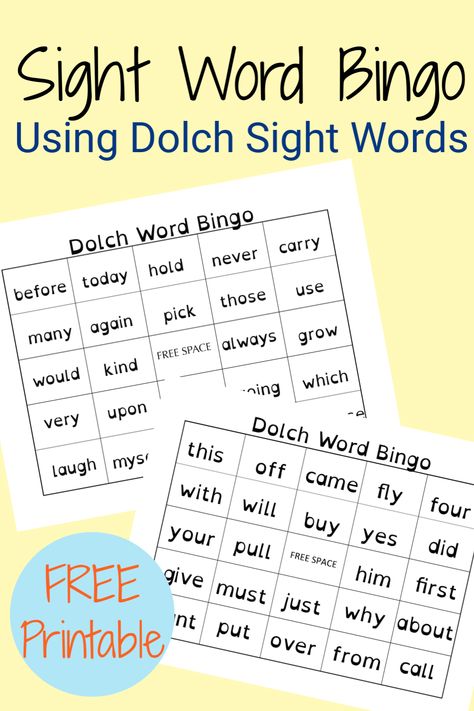 The techniques use different teaching methods and physical senses to support and reinforce the child’s memorization of the word. After a few weeks of lessons, you will have a sense for how long it takes your child to learn new words and whether all five exercises are necessary. Start by eliminating the last activity, Table Writing, but be sure to review those words at the next lesson to see if the child actually retained them without that last exercise. If the child learns fine without Table Writing, then you can try leaving out the fourth technique, Air Writing. Children who learn quickly may only need to use two or three of the techniques.
The techniques use different teaching methods and physical senses to support and reinforce the child’s memorization of the word. After a few weeks of lessons, you will have a sense for how long it takes your child to learn new words and whether all five exercises are necessary. Start by eliminating the last activity, Table Writing, but be sure to review those words at the next lesson to see if the child actually retained them without that last exercise. If the child learns fine without Table Writing, then you can try leaving out the fourth technique, Air Writing. Children who learn quickly may only need to use two or three of the techniques.
Q: How long will it take to get through a whole word list? I want my child to learn ALL the words!!!
A: That depends on a number of factors, including frequency of your lessons as well as your child’s ability to focus. But do not get obsessed with the idea of racing through the word lists to the finish line.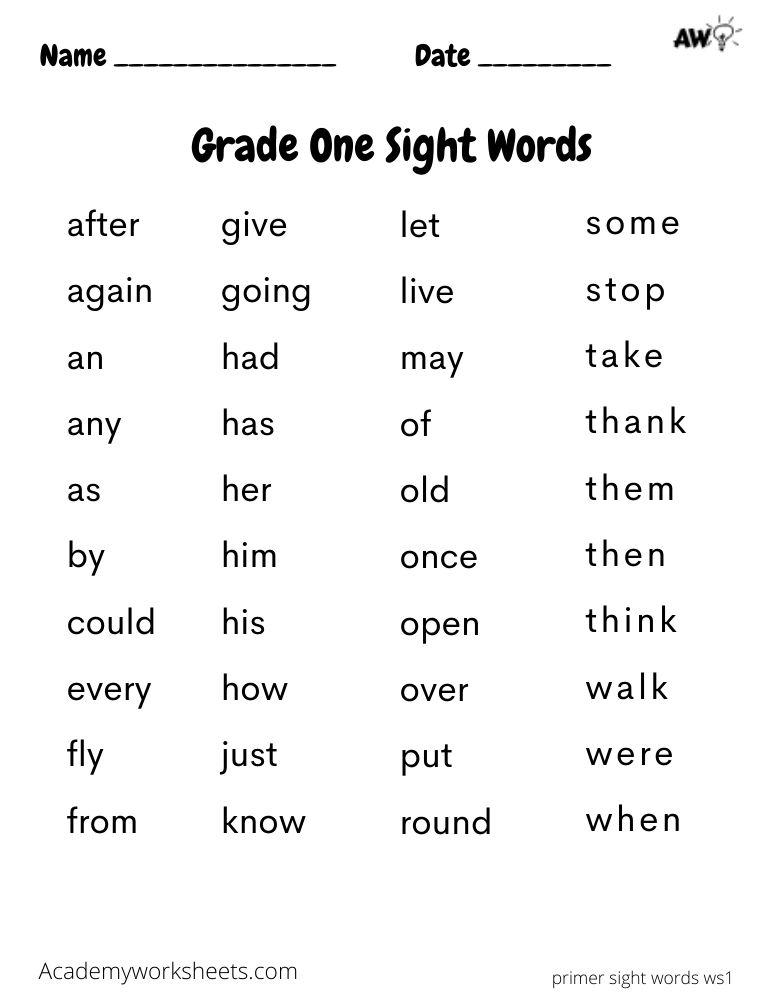 It is much, much better for your child to solidly know just 50 words than to “kind of” know 300 words. We are building a foundation here, and we want that foundation to be made of rock, not sand!
It is much, much better for your child to solidly know just 50 words than to “kind of” know 300 words. We are building a foundation here, and we want that foundation to be made of rock, not sand!
↑ Top
Leave a Reply
VZGLYAD / The West will have to learn to take Russia's words seriously :: By Vladimir Mozhegov
After more than twenty years of Vladimir Putin in power, it would be high time for the West to answer its own question: “Who is Mr. Putin?”, and begin to evaluate the moves of this person seriously. An increase in understanding will probably take place in the near future. For now, let’s just note: if it were necessary to designate in one word the main message of Putin to “the city and the world”, the message, as they say, “of his whole life”, then such a word would, no doubt, be the word “stability”.
Putin came to power at the moment of the greatest turbulence, and the first big thing he did was to stop the process of disintegration of the country: he pacified Chechnya, stopped terror and rampant banditry, stopped the cold “civil war”, reconciled, albeit with big reservations, the people and elites.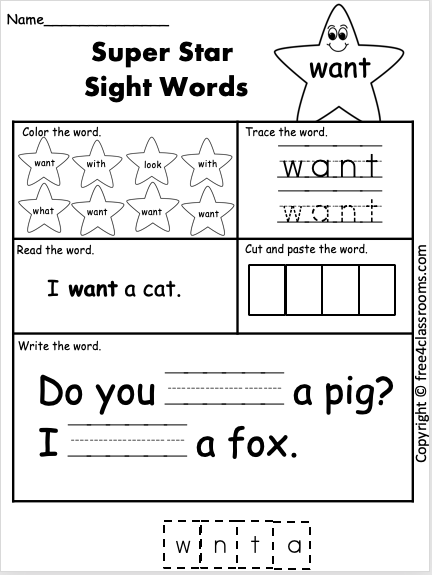 Finally, the elites themselves - their multidirectional "towers" - were forced to follow the rules.
Finally, the elites themselves - their multidirectional "towers" - were forced to follow the rules.
After that it was time to restore. Which was also incredibly difficult - in view of the diametrically opposed interests of the elites. Nevertheless, the model of "checks and balances" worked, and at the cost of squeezing the most odious out of the system and hard embedding the most active, this was also possible: to raise the standard of living, restore the army, fill the treasury. Moreover, without ideology, mobilization and even any goal-setting, in addition to natural laws and guarantees of a normal life. And much later, life was carefully brought under these natural positions - not even ideology, but some necessary basis of “reasonable conservatism”. That is, again, maintaining stability (without crazy gender experiments, cancellation culture and other things).
So - stability. From which followed another important quality of style - the apparent absence of any kind of personal initiative.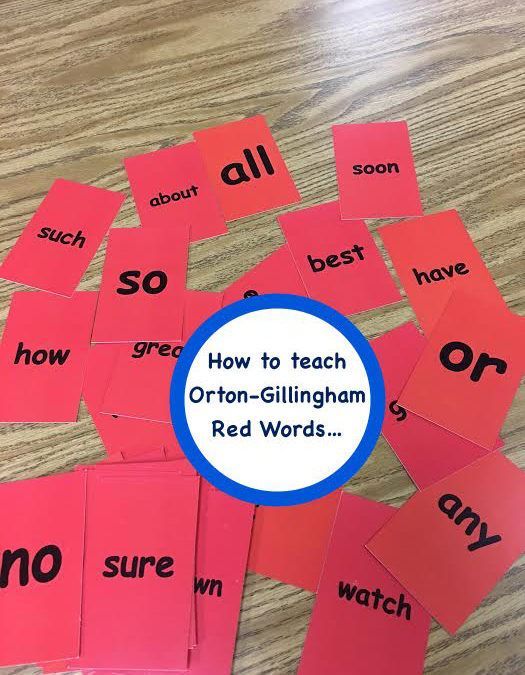 Putin, unlike the rulers we are accustomed to, did not call to build communism, to develop glasnost or to other bright distances, but only restrained centrifugal forces, preventing the “planets” from jumping off their orbits. At the same time, he remains, as it were, at a point of absolute rest. And so, being in the very center of multidirectional vectors, he kept them: the system from disintegration, the people from poverty, the elites from eating each other. And so it remained the fundamental tuning fork.
Putin, unlike the rulers we are accustomed to, did not call to build communism, to develop glasnost or to other bright distances, but only restrained centrifugal forces, preventing the “planets” from jumping off their orbits. At the same time, he remains, as it were, at a point of absolute rest. And so, being in the very center of multidirectional vectors, he kept them: the system from disintegration, the people from poverty, the elites from eating each other. And so it remained the fundamental tuning fork.
It has long been commonplace to talk about Putin's philosophy of using the energy of a partner against him in a duel. This is true. Forcing Putin into action is not an easy task. The “partner” must exhaust himself in provocations before he receives an answer. Which will be nurtured so long and carefully that the most patient will fall into despair. And only when the most patient one gives up and says: that's it, there are no more hopes, everything is gone - reality will suddenly resolve itself with an answer: always unexpected, lightning fast and accurately calculated. And, as a rule, confusing. (For example, the return of Crimea became so lightning fast. The liberation of Donbass was expected for a long eight years). So it has always been, so it is now.
And, as a rule, confusing. (For example, the return of Crimea became so lightning fast. The liberation of Donbass was expected for a long eight years). So it has always been, so it is now.
It is necessary to understand well what Putin conveyed to the West with the referendums in the liberated territories, the announcement of partial mobilization and other words and actions of the last days, and what will probably be explained until the counterparty learns to understand: if the escalation is not stopped by him, we will be forced to demonstrate in practice the realities of the changing “wind rose”, forcing the Ukrainian regime to capitulate. That is, let's bring the conflict to a situation that clearly exceeds the desire of the West to participate in it. What was clearly demonstrated in the early days of the conflict, when the probability of the fall of the Ukrainian regime was high, and the Americans simply fled, leaving the embassies. The regime then survived. But only because we did not want to escalate excessively.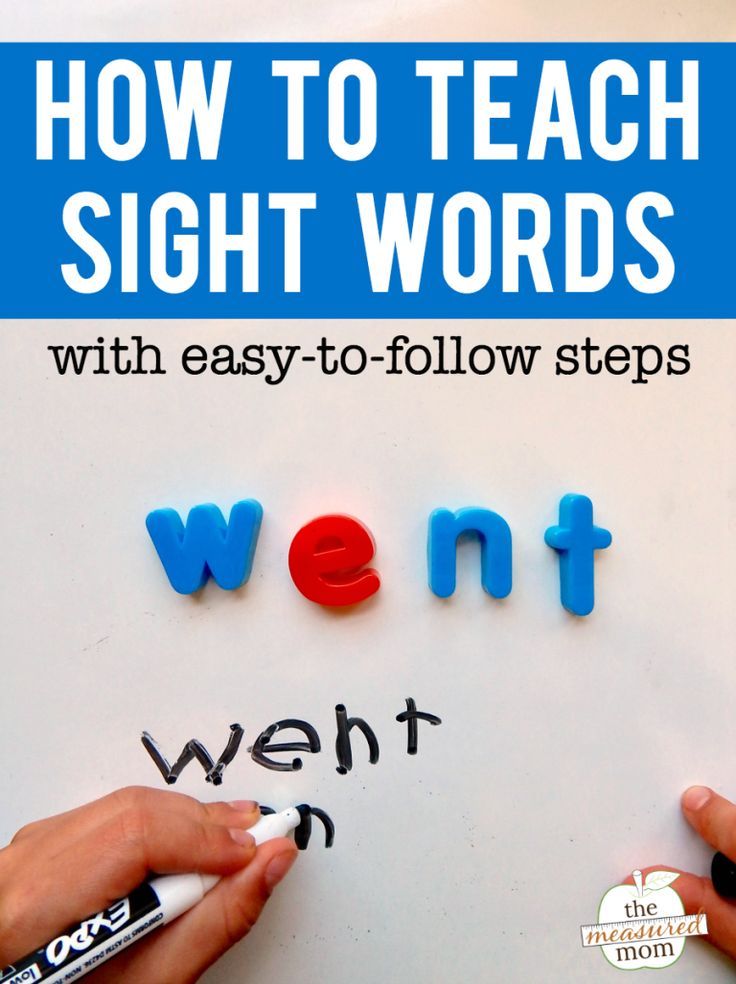 But now that both the regime and its handlers have shown their true colors, we intend to do so. This is the most important point, which our former respected partners will have to take seriously, perhaps going through all the necessary stages for this, from denial to acceptance of the inevitable.
But now that both the regime and its handlers have shown their true colors, we intend to do so. This is the most important point, which our former respected partners will have to take seriously, perhaps going through all the necessary stages for this, from denial to acceptance of the inevitable.
And finally, Putin, I think, is speaking not only to the West, but to the rest of the world. Also, of course, with extraordinary attention following the development of events. This world - China, India, Pakistan, Iran, the Middle East, the Pacific region, Central Asia, Latin America, Africa - 2/3, if not all 3/4 of the planet's population. The population, which for the most part hates the Anglo-Saxons (for them they are exploiters, financiers, bankers, thieves, robbers), looks at Russia with great sympathy, remembering the policy of the Russian tsars, and later the USSR, which behaved in the "third world" not at all like the first ones. The USSR was a real alternative to the predatory capitalism of the financiers, which they remember well, carefully reading the signs sent by Putin.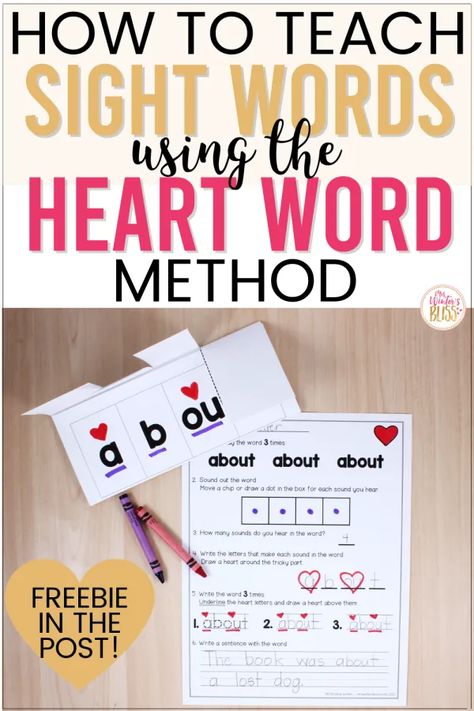
People love strong leaders. This is not about Europeans driven into ghettos at home, who are forbidden to be proud of their culture, and are only allowed to think about changing their sex and sexual education of their children. We are talking about normal people. And what kind of leaders do they see today, surveying the stunted beds of democratic regimes and the faded emblems of Eastern despotisms? None. The real face of politics today is one. In which the great shadows of the past rise again. And the third world remembers the shadows of its great ancestors and respects them... Today, only Orban, desperately fighting for a small crusading Hungary, and Erdogan, restoring the former greatness of the Ottoman Empire with oriental agility, can shade the "monumental power". And on whom else can ordinary people of the world place their hopes? Let us leave alone the unfortunate, downtrodden white population of the West. Elsewhere in the world, Putin's shares are rising faster than gas prices on European stock exchanges. This is also evidenced by the rapidly gaining weight of the SCO's position as a real alternative to the global world order.
This is also evidenced by the rapidly gaining weight of the SCO's position as a real alternative to the global world order.
Judging by the careful slurring of Western leaders, the signals have been received and taken into account. Well, the West will have to learn to take Russia's words seriously.
VZGLYAD / Mode of "accelerated memorization" :: References
The amazing belief that learning a foreign language takes years and years of hard work at a student's desk is not true. Let's see if learning a foreign language is as difficult as we imagine it to be, if we compare traditional and non-traditional approaches to learning it.
What does the traditional study of a foreign language consist of? In the classroom, the teacher tells grammatical rules, norms of using the language, corrects your mistakes in the answers. At home, you learn words, write written assignments, train pronunciation and listening comprehension of foreign speech.
In addition to the traditional tools for learning a foreign language, a special “accelerated memorization” mode has been added to the WORD RUN program.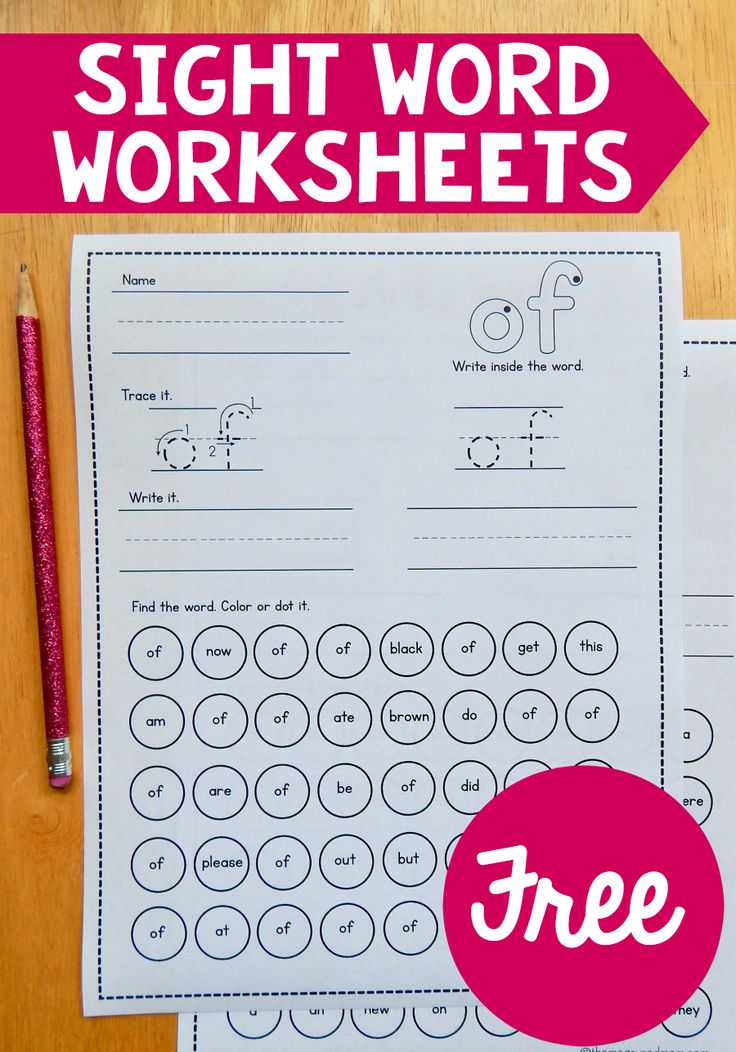 You spend another 1-2 hours on this when you choose free time for self-study. According to teachers, the best success will be for those who devote one more hour of independent work for every hour of work in the classroom. According to this scheme, the study of a foreign language can be stretched for years.
You spend another 1-2 hours on this when you choose free time for self-study. According to teachers, the best success will be for those who devote one more hour of independent work for every hour of work in the classroom. According to this scheme, the study of a foreign language can be stretched for years.
And if you use non-traditional methods, what can change? The student cannot influence the teacher, he can only increase the effectiveness of his home teaching. What can be done for this? You can sit and learn a foreign language without a break for 4-5 hours a day, but where can you get this time? And you can study for 45 minutes, but at the same time manage to learn much more material than in 4 hours.
How can this be done? We recommend using the "home" horse - a personal computer and learning programs in a foreign language.
Let's take the well-known multimedia program WORD RUN as an example. The uniqueness of her methodology lies in the fact that in one program the necessary and time-tested tools for learning a foreign language are combined, which are recommended by experienced teachers: these are specially compiled vocabulary databases, control of acquired knowledge, pronunciation training and spelling training, grammar and phonetics reference books, foreign language recognition speech by ear.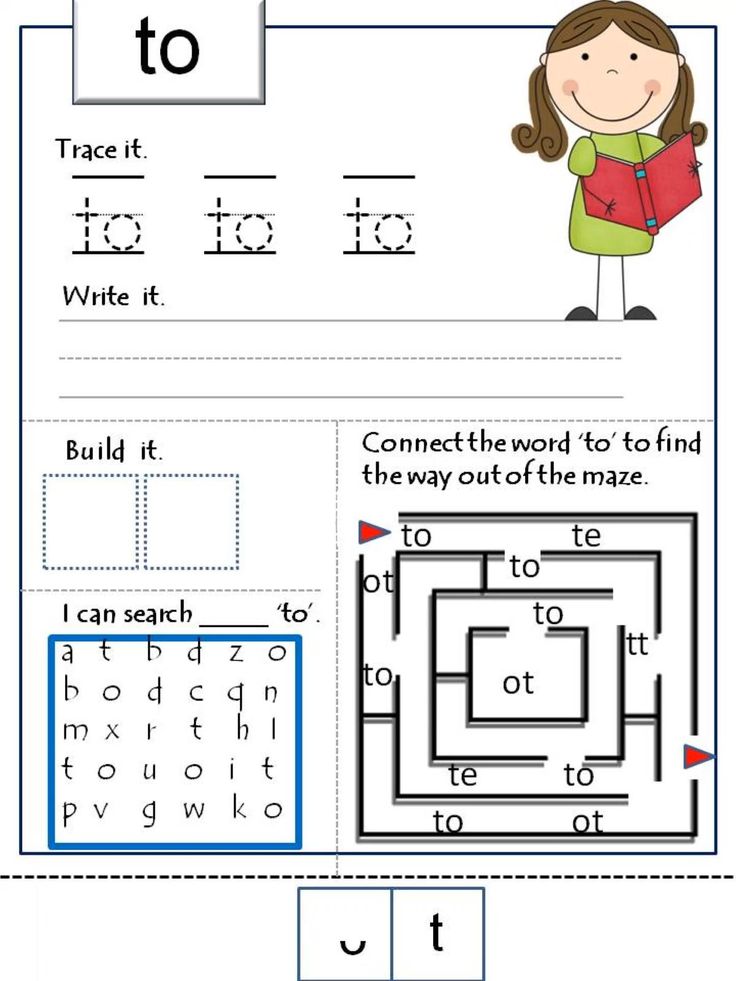
In addition to the traditional tools for learning a foreign language, a special "accelerated memorization" mode has been added to the WORD RUNNING program. With it, you can expand your vocabulary much faster, quickly learn a large number of new foreign words, which will save you from the tedious cramming of words. The speed of learning a foreign language with the WORD RUNNING program increases by 5-10 times.
The program WORDS RUNNING includes:
- vocabulary databases compiled according to the principle "from simple to complex";
- simulator for the best pronunciation;
- spelling simulator as an alternative to dictations;
- function "reverse control" for recognition of foreign speech by ear;
- "accelerated memorization" mode. To increase the speed of learning foreign words, the program has a special science-based accelerated memorization mode for intensive memorization of new words.
The combination of these tools in the RUNNING WORD program allows you to learn a foreign language in a much shorter time.